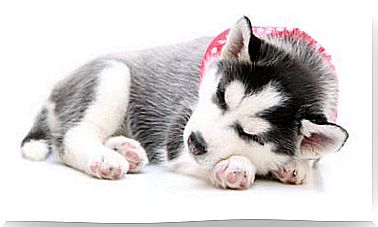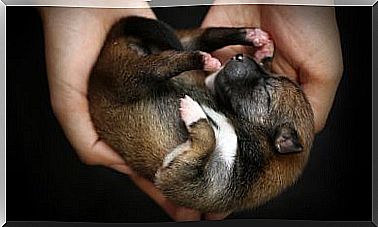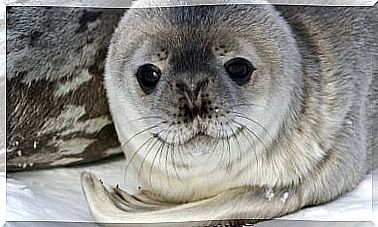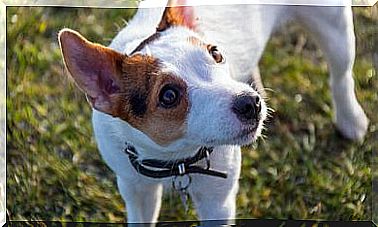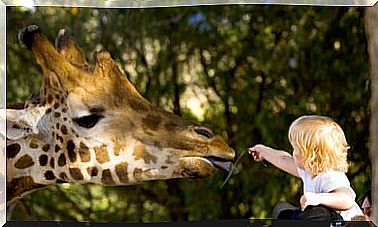Moth Or Butterfly?
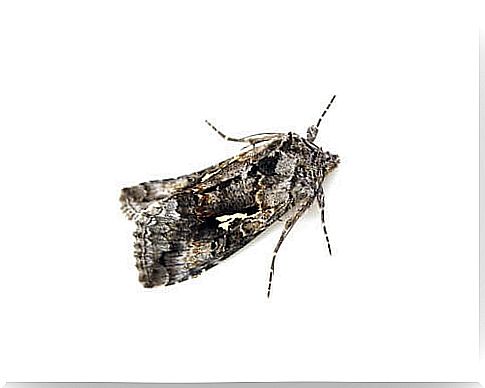
We are approaching summer, and with the increase in temperatures, it is very common to find winged insects inside our homes: moths, flies or winged ants, among others. Even so, there is a wide ignorance about these species that accompany us involuntarily. One of the most confusing animals is moths. When you see a fluttering insect and you think “that’s it, I have moths at home that eat my clothes”, are you sure it is one?
This is not a moth
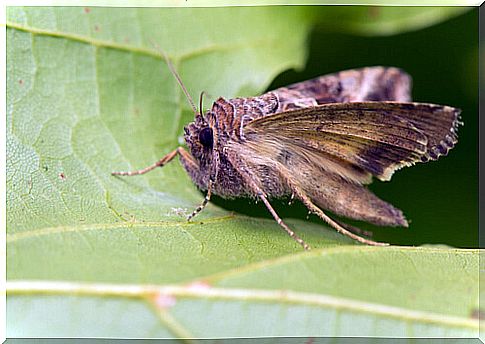
We know, many preconceptions may have been broken in a moment. Indeed, those large hairy winged insects that flit around our clothes or around the house at night are not moths, but butterflies. We are before the plusia butterfly or Autographa gamma.
Although both moths and butterflies belong to the order Lepidoptera, there are characteristics that markedly differentiate them:
- This animal has a wingspan of 3-4 centimeters, while domestic moths rarely exceed 1.4 centimeters.
- The wings have complex motifs, of brown and grayish colors. True moths of the genus Tineola have silver-colored, monochromatic wing structures with whitish highlights.
- In general, these butterflies are much more robust and hairy in shape than actual house moths, which have a much more “bug” appearance.
This butterfly does not pose any problem in the domestic environment. In any case, its larva can generate more than one headache in the world of agriculture.
Let’s go further: these adult butterflies show cute behaviors. Have you ever tried placing a piece of cut fruit near one of them? You will see how, with patience, it will gently land on it and pull out its proboscis to suck its nectar.
This is a moth
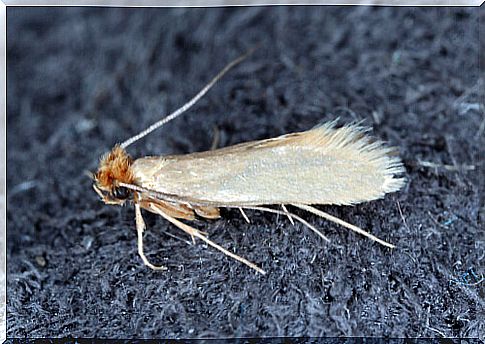
Completely different right? Now we are before the species Tineola Bisselliella, the moth that causes those annoying holes in clothing. Their small size, their long antennae, and their previously described metallic color make them unmistakable once identified.
Unlike the plusia butterfly, the larvae of these insects feed on keratinized elements. Keratin is found in various animal structures, such as fur, hair, feathers, or silk. That is why they tend to attack clothes: they are feeding on animal proteins, no matter how processed they are.
These annoying insects can be considered a pest in certain cases, and, unfortunately, it is possible to require insecticides or other means if their population density gets out of control. Still, the problem lies in the larvae: the adults do not have any type of trophic organ, that is, they do not feed. Therefore, they live on body reserves for a few days and end up dying, since their only purpose in the adult stage is to lay eggs and reproduce.
What are butterflies doing in your closet?
So, if the plusia butterfly does not feed on clothes, what does it do in home closets? Very simple: this animal is nocturnal, or what is the same, it shows photophobia.
These insects seek shelter from light during the day, and at night they begin their flights in search of possible breeding partners. For this reason, and especially when hanging clothes outside, it is normal that you find a plusia butterfly among the fabrics of a garment. After all, they are safe, humid, cool environments that offer shelter from daylight.
Here we have shown you that surely that animal that you expelled from home as soon as it is seen is not a threat to human belongings in any case. Moreover, it is a curious butterfly that, if observed without prejudice, can be considered a really beautiful animal with curious characteristics.

